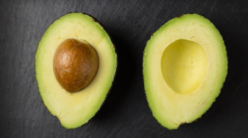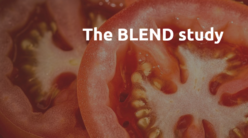By Hannah Harris, Douglas Morrison and Christine Edwards
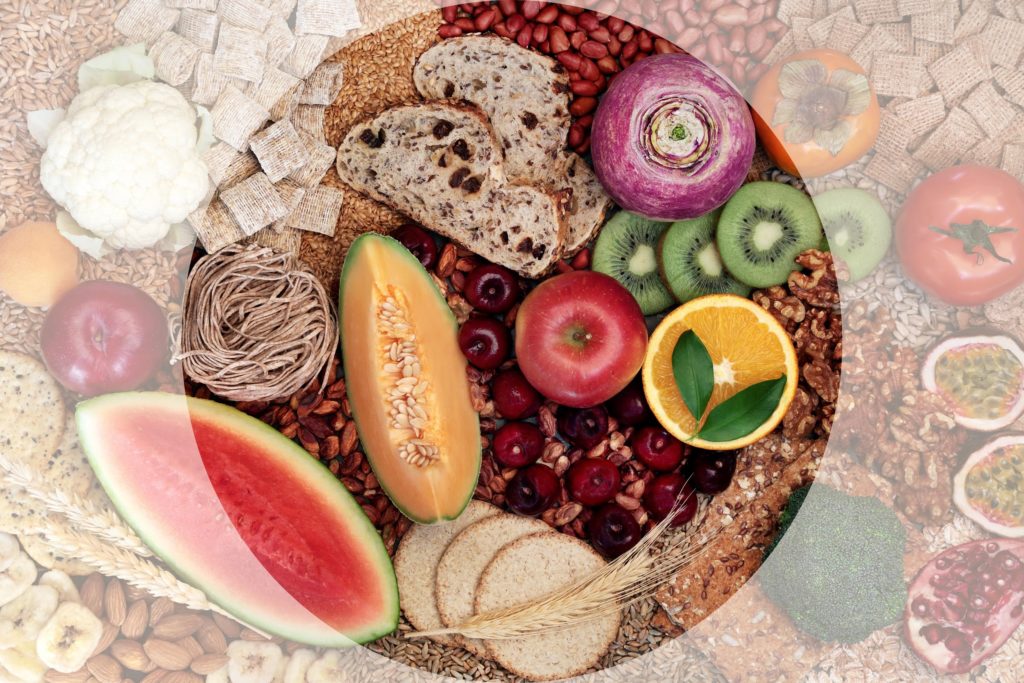
We are constantly told that fibre is good for health. However, is all fibre created equal? Fibrous foods are those that the body cannot digest and as a result reach the colon. Within the colon we have millions of different bacteria that can break down these fibres by fermentation. This then enables the bacteria to survive within our bodies, but also provides us with molecules that are beneficial for our health. Some of these molecules are called short chain fatty acids (SCFA), and the most common ones are acetate, propionate, and butyrate. These have many roles within health such as having anticancer properties, aiding in regulating glucose levels, regulating cholesterol levels and helping us to feel full. Acetate, propionate and butyrate can affect these processes to different extents and in different ways. Based on these differences, researchers would like to study how these individual SCFA can be manipulated through the diet, the difficulty is selecting which fibres to test.
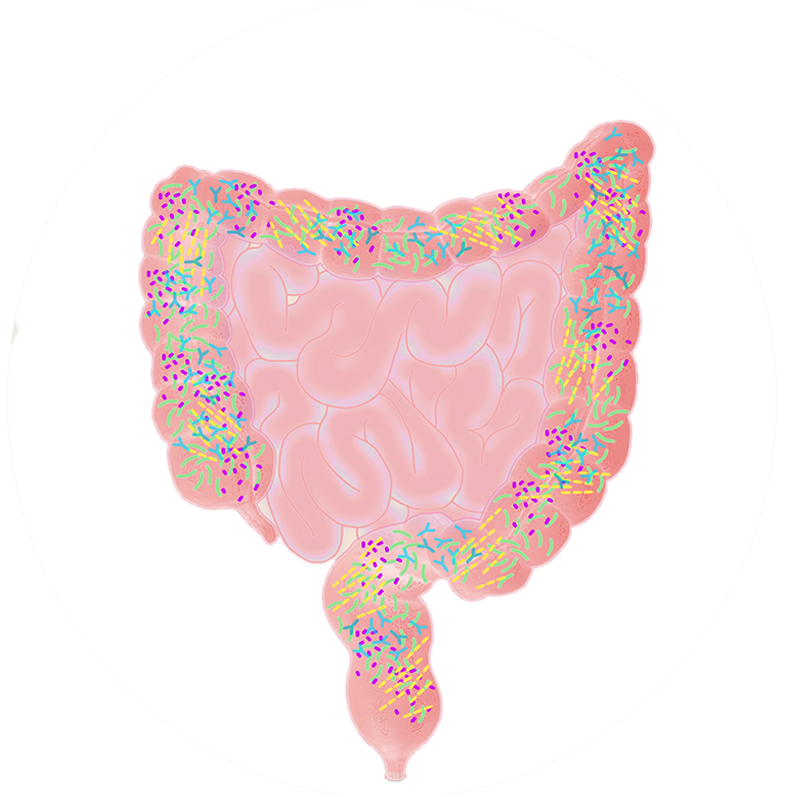
It is difficult to study what is happening in the colon, and how different foods interact with the bacteria within the body. To overcome this, we use faecal samples containing colonic bacteria and mix them with nutrients to keep the bacteria alive and see how they ferment different test fibres. This then allows researchers to look to see if the bacteria in the colon behave differently with the fibres and produce different amounts and proportions of SCFA. The amount of SCFA produced is also used as a marker of how well the different bacteria can utilise the fibre sources.
At the University of Glasgow, we set out to determine if it is possible to increase the amount of a particular SCFA using a specific fibre, fibre rich food or mixture. To achieve this, databases were searched and the literature systematically screened to identify studies with similar design that could then be compared and further analysed. After identifying ~18,500 publications, the studies were screened and sorted using strict criteria which resulted in 77 studies undergoing further analysis and comparison. We had to recalculate many results in a uniform way as they were expressed in many different units in these studies. Some studies were rejected as they did not provide enough information to allow us to do the calculation.
This screen provided enough data from different studies to compare the SCFA production from 29 different fibres/ foods and mixtures. The fibres identified were varied and included different forms of resistant starch (such as those found in potatoes that have been cooked in different ways), kiwi fibre, inulin (a common ingredient within foods), various forms of pectin (often found in fruits and vegetables), and galacto-oligosaccharide (GOS, a prebiotic).
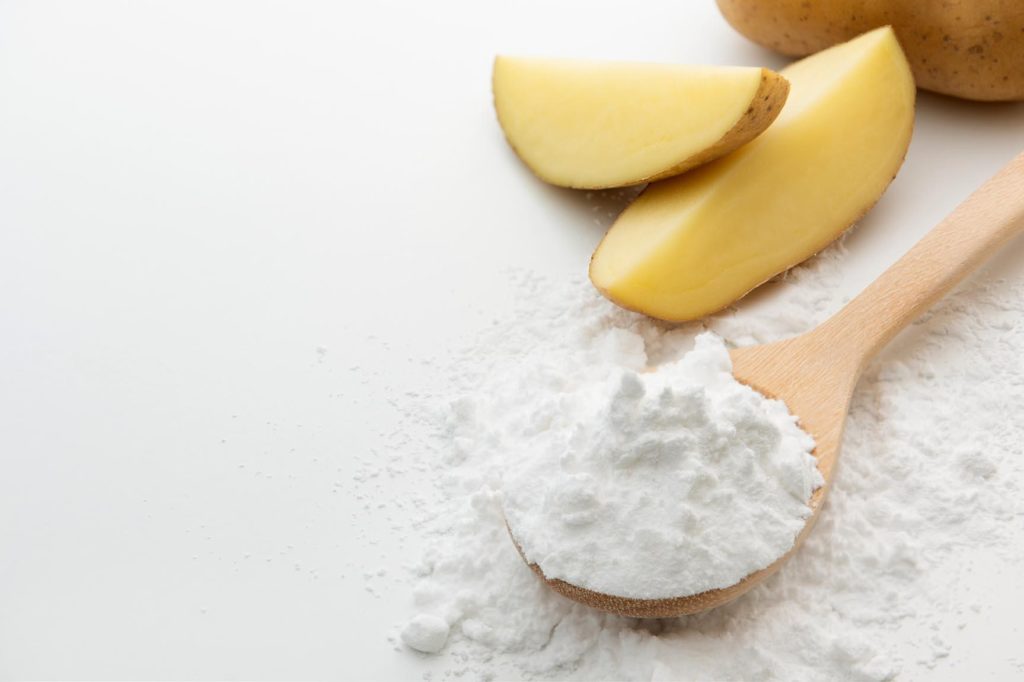
We found that all the fibres/ non-digestible products could be fermented by the bacteria to some extent. Some fibres were better than others at producing SCFA. Bacterial fermentation of the prebiotic, GOS resulted in the most SCFA production of the fibres tested. In contrast, polydextrose (a sugar replacement) resulted in the lowest amount of SCFA production.
Studies often look at the proportion of each SCFA produced (acetate, propionate, or butyrate) to select substrates for further analysis for therapeutic effects. We showed that this was a simplistic way of assessing different fibres and was exemplified with the fermentation of polydextrose. Polydextrose fermentation produced the lowest amount of SCFA and placed 28th (of 29 fibres) for the amount of butyrate production. In contrast, when considering what percentage of each SCFA was produced from the fibres tested, polydextrose resulted in the highest proportion of butyrate. These data demonstrate that considering only the percentage of butyrate produced out of all SCFA, polydextrose may be selected as a promising candidate, even though it resulted in less butyrate production than 27 other substrates. This would be very misleading and result in wasted experiments.
As a result, we suggest that when investigating SCFA production capabilities, the proportion, and the concentration of SCFA should be considered together, not individually. In addition, this study adds to the body of research indicating that for optimum SCFA production within the colon, a variety of fibres from different food sources should be consumed.
 Dr Hannah Harris completed her PhD at the University of Glasgow, in the Human Nutrition unit. She is now a research scientist at the Quadram Institute, in Norwich, UK. Her research focuses on how dietary fibre can impact gastrointestinal disorders and the gut microbiome.
Dr Hannah Harris completed her PhD at the University of Glasgow, in the Human Nutrition unit. She is now a research scientist at the Quadram Institute, in Norwich, UK. Her research focuses on how dietary fibre can impact gastrointestinal disorders and the gut microbiome.
@hc_harris
Hannah C. Harris, Douglas J. Morrison & Christine A. Edwards (2020) Impact of the source of fermentable carbohydrate on SCFA production by human gut microbiota in vitro – a systematic scoping review and secondary analysis, Critical Reviews in Food Science and Nutrition,
DOI: 10.1080/10408398.2020.1809991
